Stay Ahead of the Curve
Latest AI news, expert analysis, bold opinions, and key trends — delivered to your inbox.
Tesla's Optimus robot is expected to begin executing "useful tasks" by the year's end
7 min read Tesla is making waves in the world of robotics with ambitious claims about its Optimus humanoid robot. According to Elon Musk, CEO of Tesla, Optimus is expected to be performing "useful tasks" by the end of 2 April 24, 2024 07:47
Tesla is making headlines again with its ambitious humanoid robot project, Optimus. Elon Musk, Tesla's CEO, recently announced that Optimus could be performing "useful tasks" in Tesla factories by the end of 2 thousand and twenty-four. This news comes after a period of skepticism surrounding the project, fueled by initial demonstrations that showcased limited capabilities.
From Dancing Robot to Factory Worker?
Let's rewind a bit. When Optimus was first unveiled at Tesla AI Day in 2022, it was met with mixed reactions. The initial prototype displayed basic movements and lacked the dexterity and functionality many envisioned. However, Tesla has been steadily working on improvements:
- Hardware Upgrades: Optimus is likely undergoing hardware revisions to enhance its strength, mobility, and overall performance.
- AI Advancements: Tesla is likely focusing on improving the artificial intelligence that controls Optimus, allowing it to understand and execute tasks more effectively.
- Focus on Practicality: The shift towards "useful tasks" suggests Tesla is prioritizing real-world applications for Optimus within its own production facilities.
What "Useful Tasks" Might Look Like?
While specifics are limited, here are some possibilities for Optimus' initial role in Tesla factories:
- Repetitive Tasks: Optimus could be programmed to handle repetitive tasks like material handling or simple assembly line functions.
- Dangerous Tasks: Optimus could be used for tasks that are hazardous for humans, such as working with heavy machinery or in harsh environments.
- Data Collection and Analysis: Equipped with sensors, Optimus could gather data from the factory floor and assist with quality control or process optimization.
The Road Ahead: Challenges and Opportunities
Despite the optimistic timeline, there are still challenges to overcome:
- Technical Hurdles: Developing a truly versatile humanoid robot with human-level dexterity and intelligence remains a complex engineering challenge.
- Safety Considerations: Ensuring the safe interaction between robots and humans in a factory setting is paramount.
- Ethical Concerns: The potential impact of AI on the workforce and the ethical implications of robot labor need careful consideration.
A Glimpse into the Future of Automation?
If Optimus lives up to its promise, it could represent a significant leap forward in industrial automation. Here's what this could mean:
- Increased Efficiency: Robots like Optimus could potentially streamline production processes and boost overall factory output.
- Improved Worker Safety: By taking on dangerous tasks, Optimus could create a safer work environment for human employees.
- A Reshaped Workforce: The rise of robots like Optimus might necessitate a shift in the types of jobs available in manufacturing.
While the full capabilities of Optimus remain to be seen, Tesla's goal of having it perform "useful tasks" by year's end is an ambitious yet intriguing step forward. As the technology evolves, it will be interesting to see how Optimus and similar robots transform the future of industrial automation.

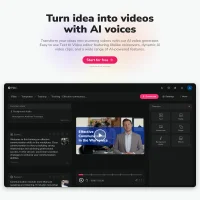

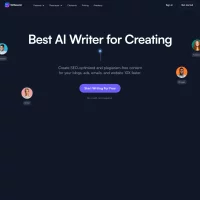
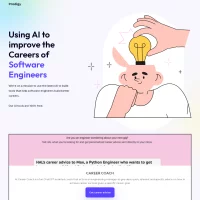











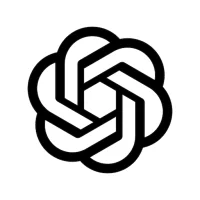


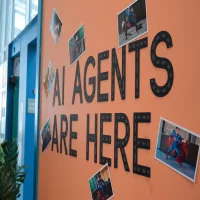 AI Agents
AI Agents